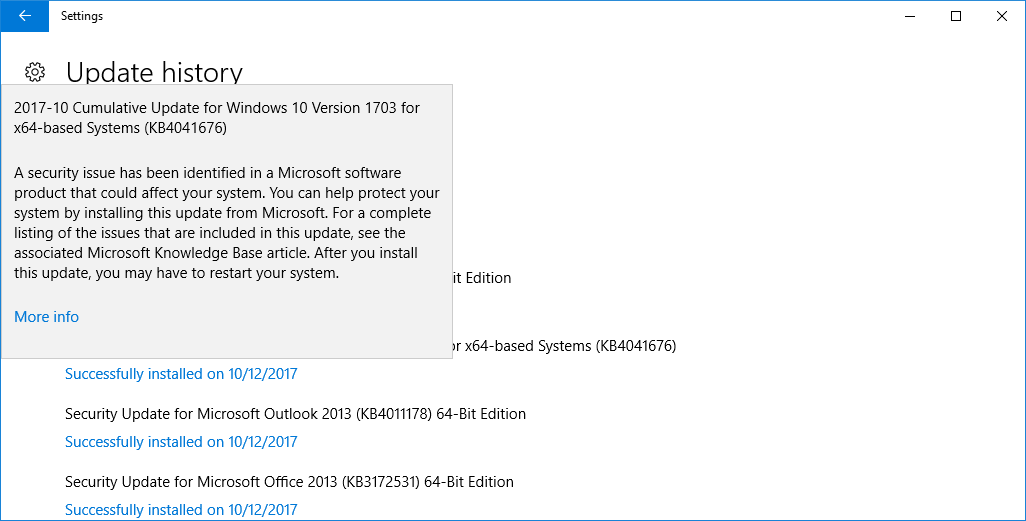Mastercard Inc. is doing away with a rule requiring merchants to get signatures for transactions made with its credit and debit cards in the United States and Canada.
Announced early Thursday, Mastercard’s rule change goes into effect April 13, 2018, allowing issuers, merchants, and processors time to make adjustments, though merchants can adopt the change sooner, Mastercard says. Mastercard also issued a bulletin about the matter Wednesday afternoon. The new rule does not affect interchange, and applies only to point-of-sale transactions.
A majority of consumers believe that it would be easier to pay and that checkout lines would move faster if they didn’t have to sign for purchases, Mastercard says.
Six decades ago, when credit cards debuted, checking the signature on the card against another piece of cardholder identification was necessary. Today, more than 80% of Mastercard in-store transactions in the United States and Canada do not need a cardholder signature, Linda Kirkpatrick, Mastercard executive vice president of U.S. market development, tells Digital Transactions News.
“We’re putting the power of the point of sale into the hands of the merchant to decide if they want to prompt or not,” Kirkpatrick says. “Now is the right time because from the digital-transformation perspective and payments perspective we’re at an inflection point.”
Two years have passed since the U.S. EMV liability shift went into effect, and new payments products that are safe and secure are available, Kirkpatrick says. “We want to recognize that consumers and merchants have evolved,” she says. “We want to make it easier for consumers and merchants to get in and out and on with their days.”
The change does not alter Mastercard’s stance on securing its transactions, she says. “Mastercard has a long history of innovation and investments in all layers of security,” Kirkpatrick notes in a blog post. “Recently we introduced an Early Detection System to help financial institutions proactively and quickly pre-empt serious attacks. This new service provides issuers with a unique advanced alert for cards and accounts at a heightened risk of fraudulent use based on their exposure in security incidents or data breaches.”
Kirkpatrick says the rule change has been vetted with issuers, processors, and merchants. “Reaction has been neutral to positive,” she says. “From the issuer perspective, all are aligned around improving the experience at the point of sale.” The idea, she says, is that an easier checkout experience leads to increased card use. “This is an area where all of our interests are aligned, merchants, issuers, and our network,” she says.
The world’s largest retailer, Wal-Mart Stores Inc., praised the decision. “Removing this step at the checkout will save time for our customers and decrease the expense associated with storing and presenting signatures back to the issuer, all while preserving security for customers,” a Walmart spokesperson said in a statement. “We anticipate this will result in savings that can be used to continue to lower prices for our customers.”
Mark Horwedel, chief executive of the Merchant Advisory Group, also lauded the change. “The signature-optional requirement is a big opportunity for our merchant members to enjoy the effects of quicker checkout lines and returning customers who appreciate a frictionless payment experience,” Horwedel says in a statement.
The Minneapolis-based trade group says it has been working over the course of several years with its network partners to eliminate the signature requirement. “This step will improve the customer experience and eliminate inefficient, ineffective, and costly processes for the retail merchant community,” says Laura Townsend, MAG senior vice president of operations, in a statement. “As commerce experiences continue to expand, new and improved digital authentication methods are available which bring better security innovations to the payments ecosystem.”
Others echoed the move. “This is an important symbolic step putting signature into its rightful place in the trash heap of payments history,” says Steve Mott, principal at BetterBuyDesign, a Stamford, Conn.-based payments consultancy, in an email message. “Next step is for them to come out from Visa’s shadow and support PIN as the only current multi-factor authenticated payment available today, under open standards.”
via: digitaltransactions


